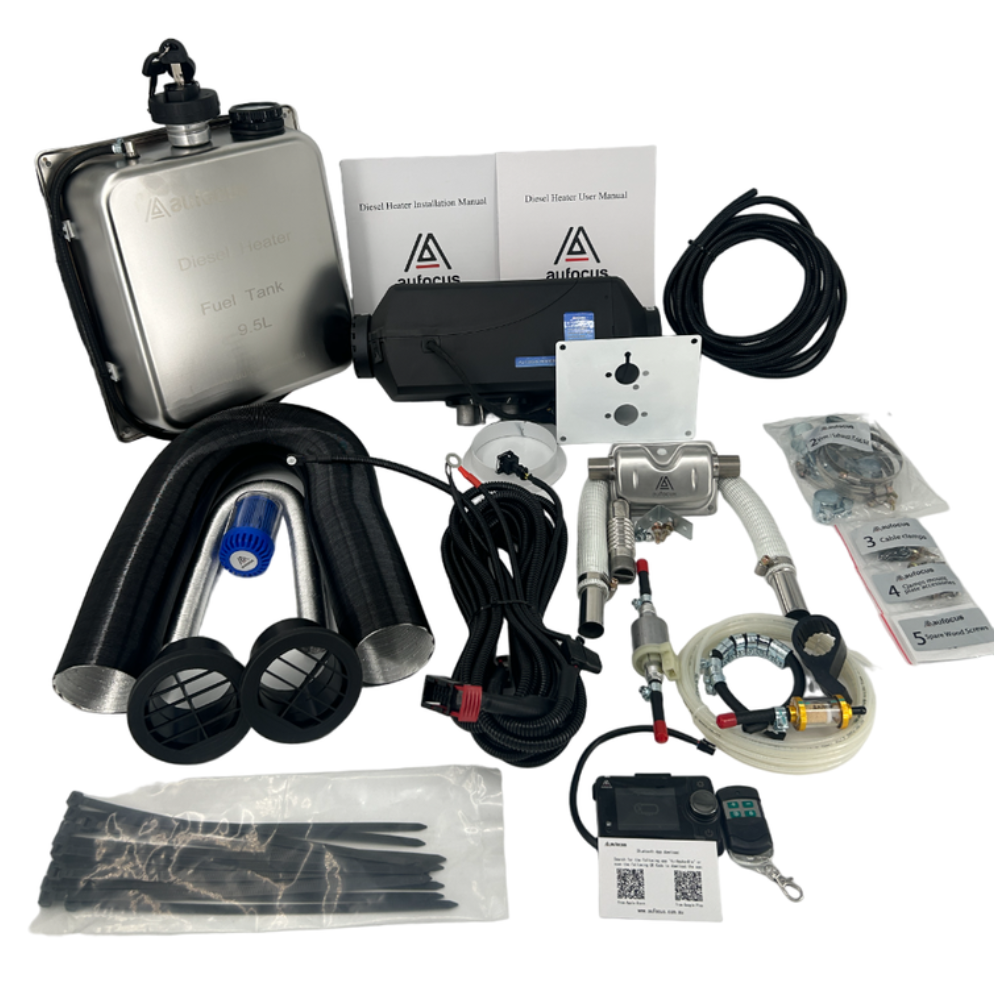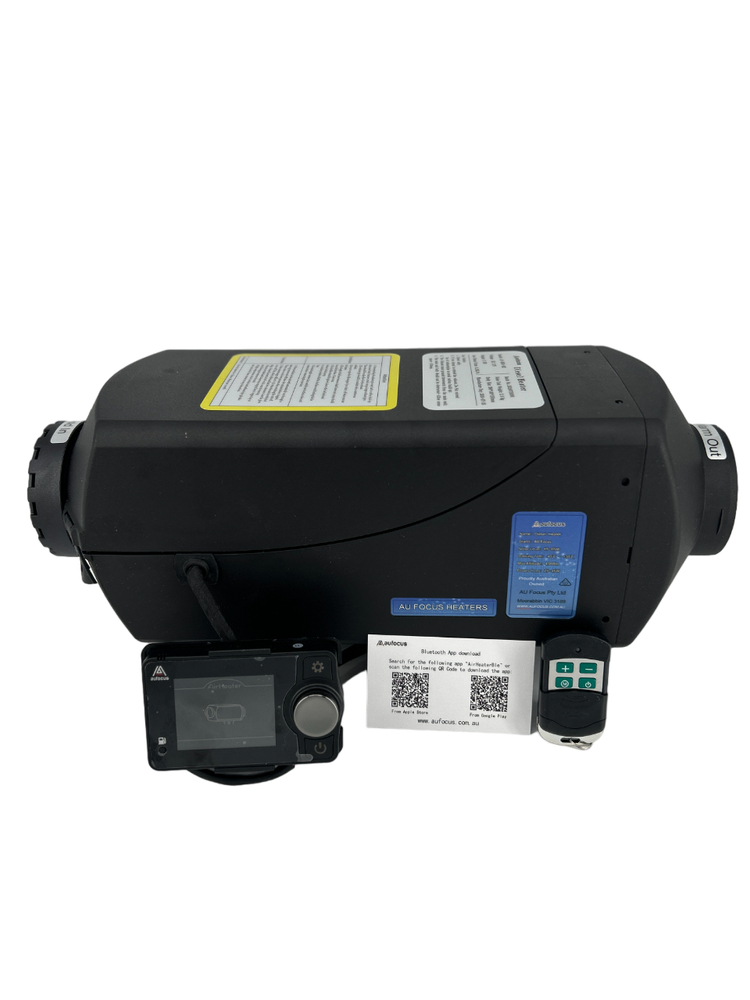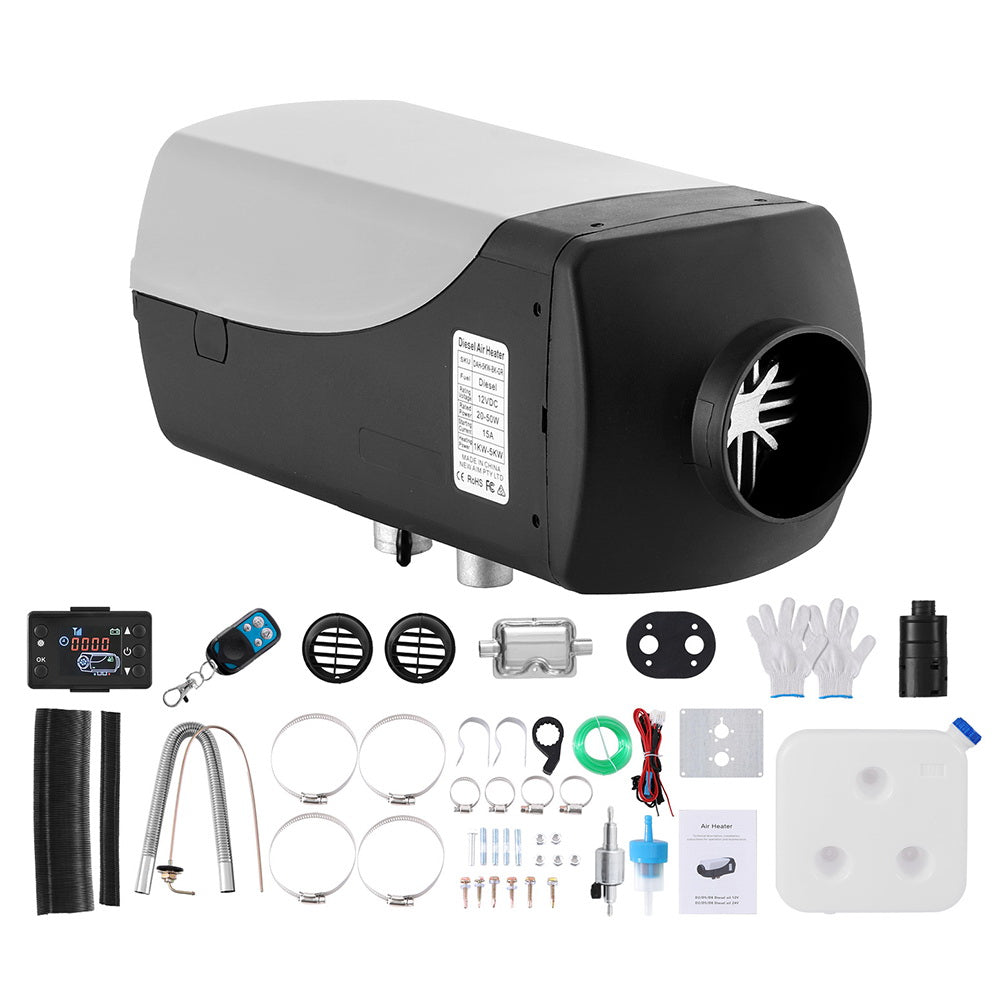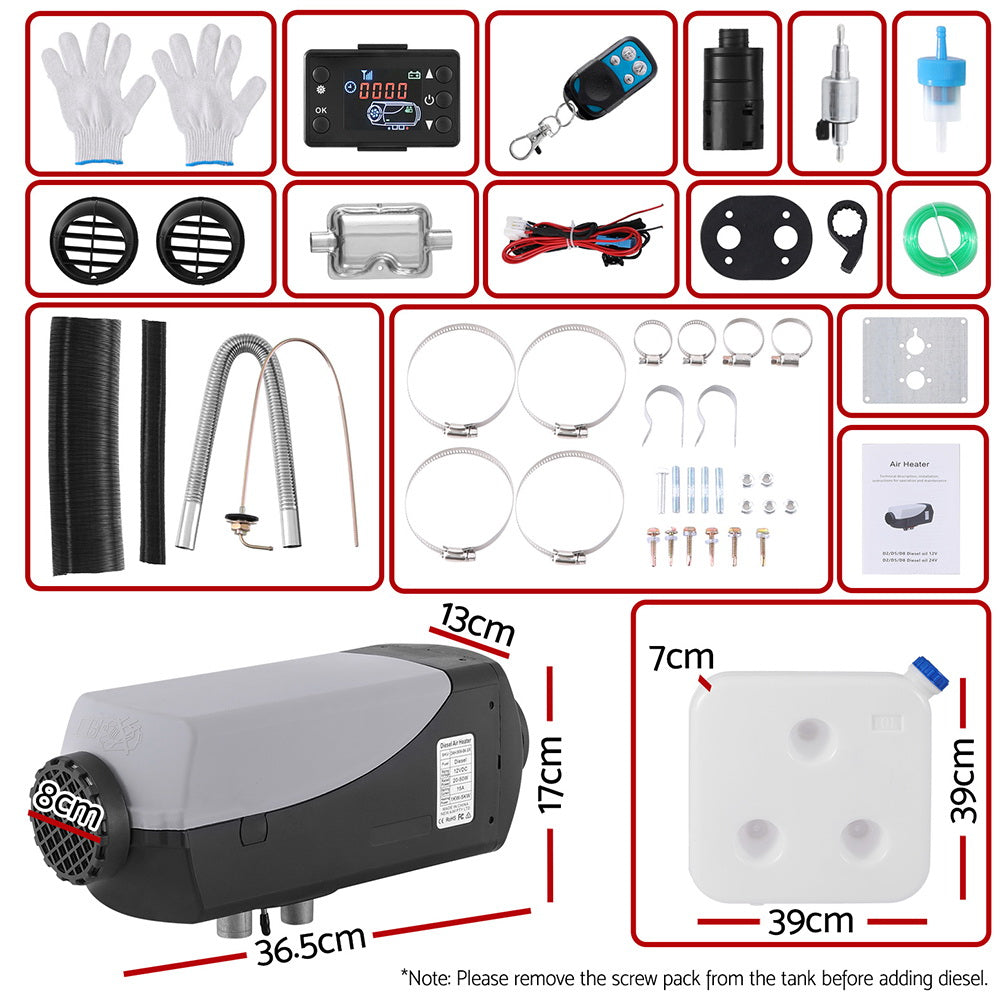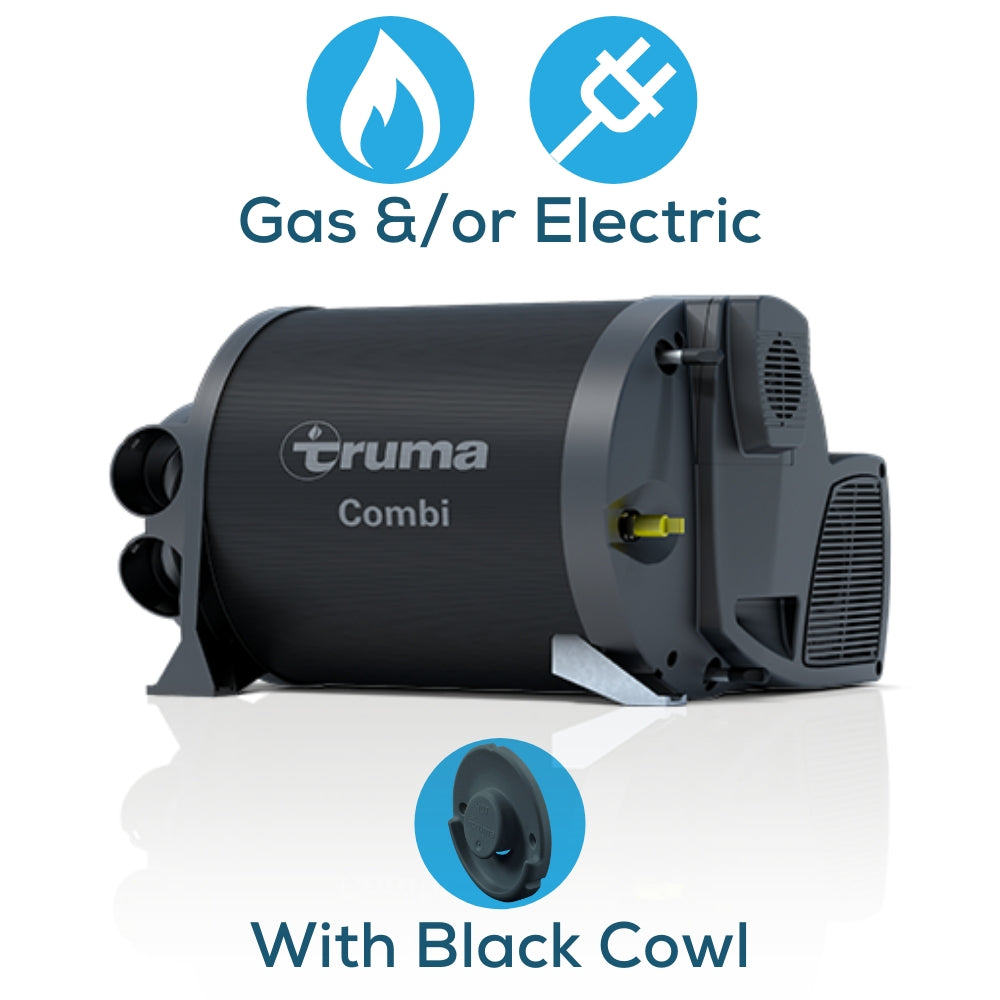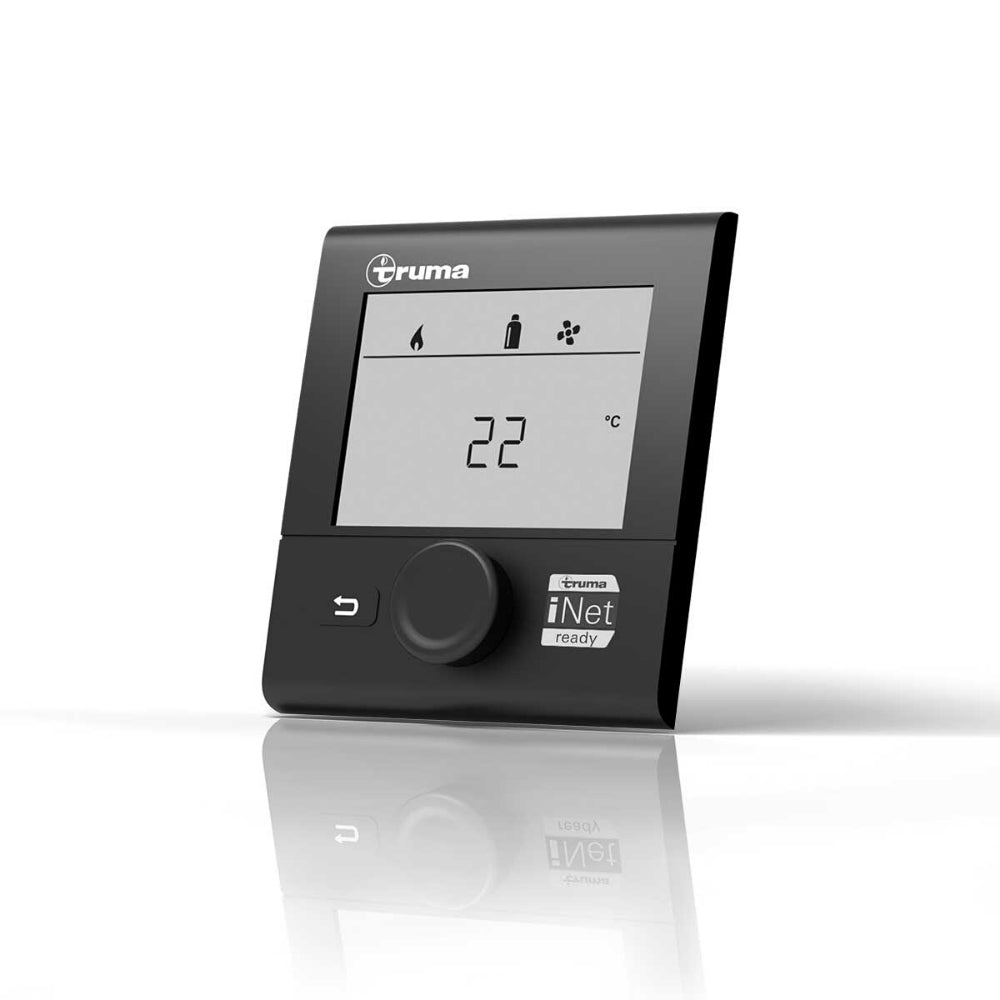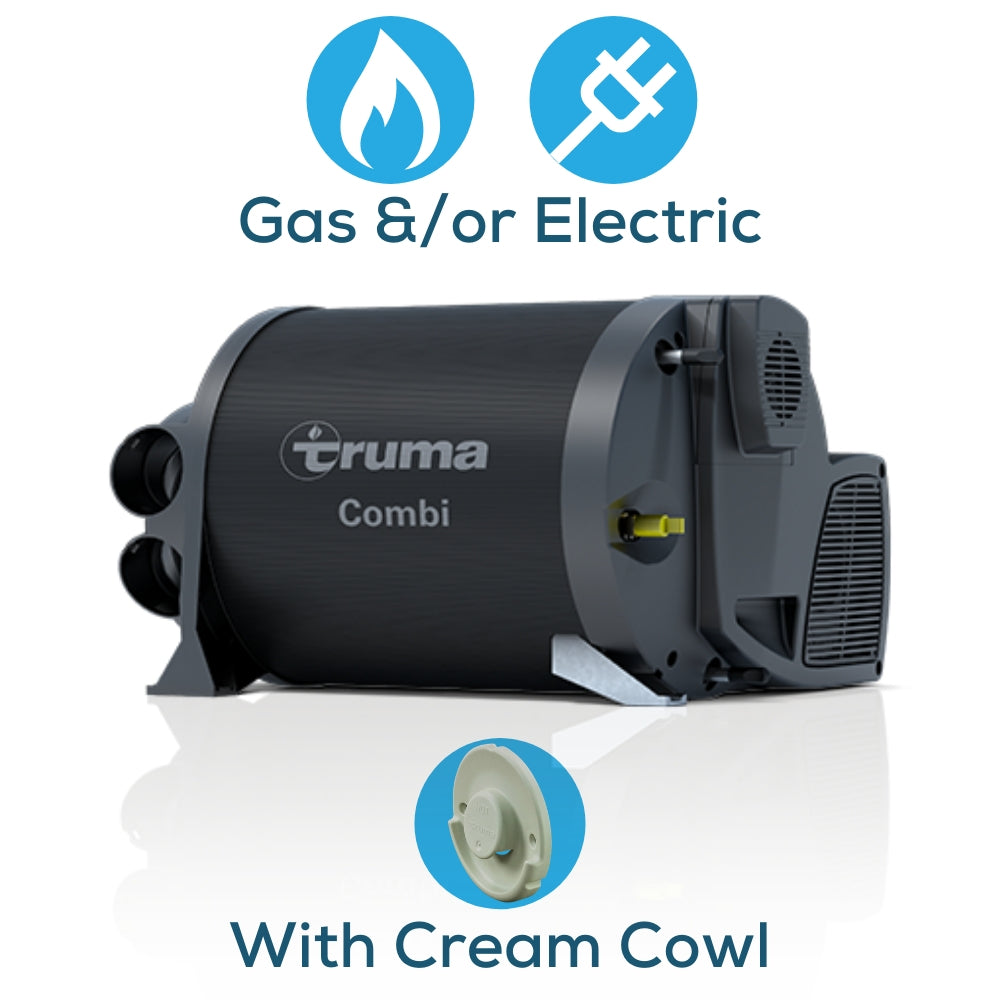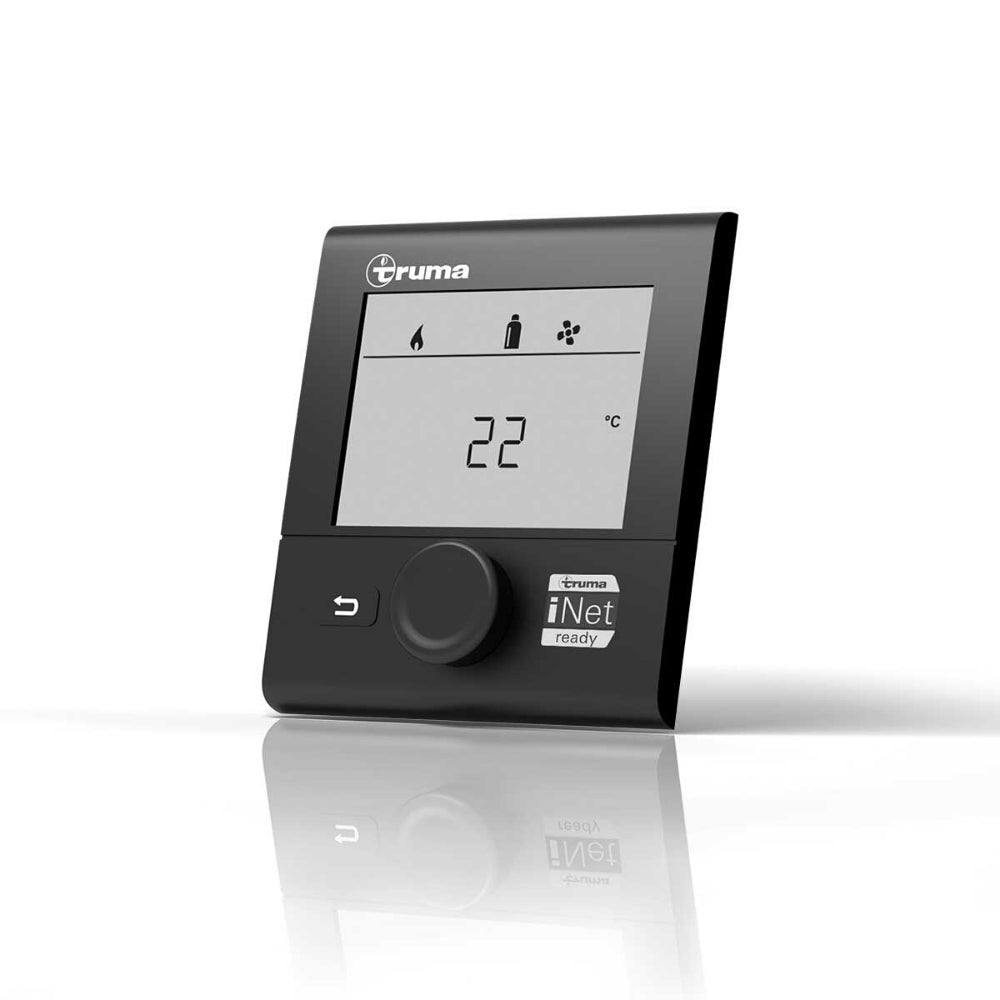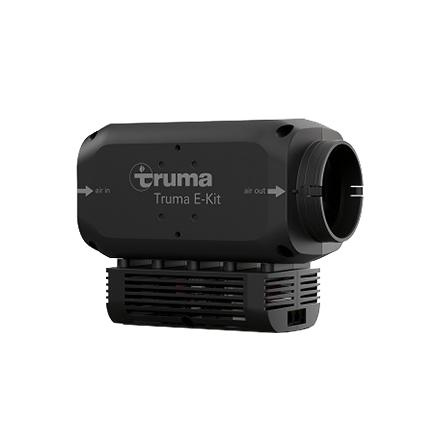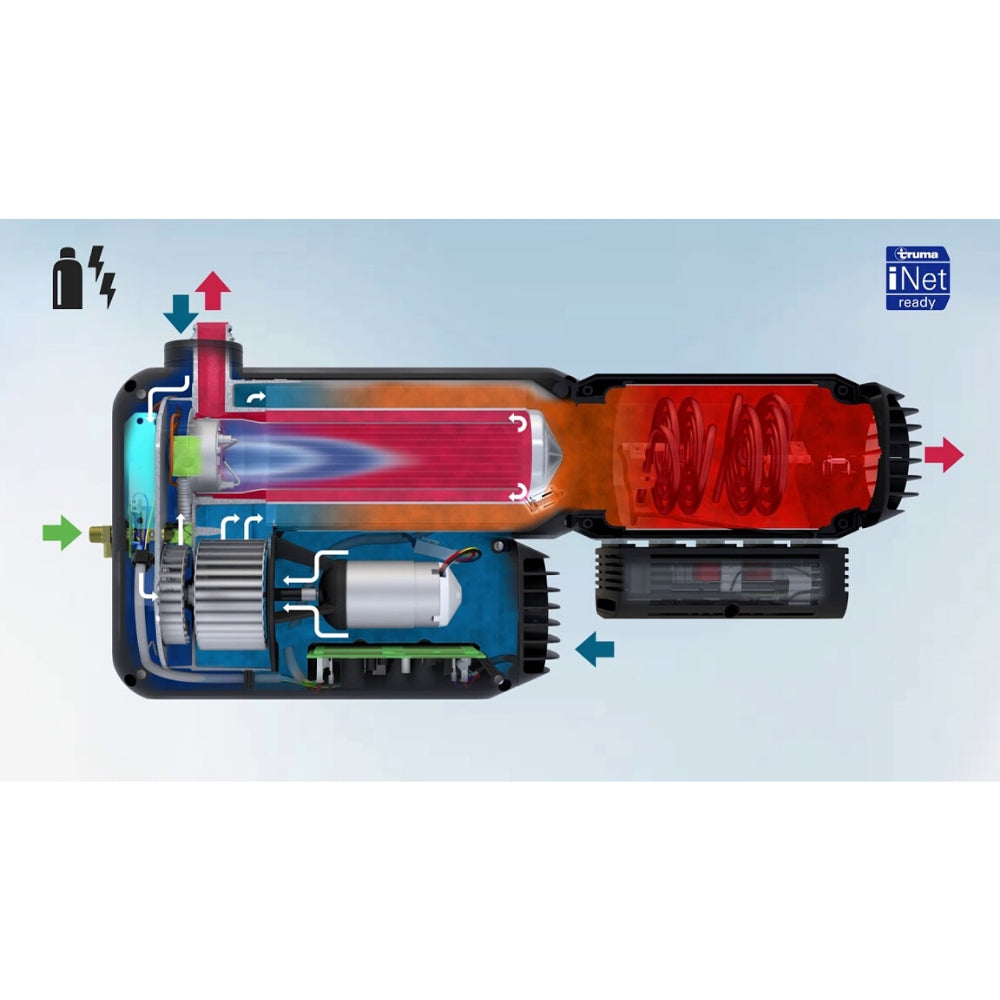Heating
13 products
Showing 1 - 13 of 13 products
Our Heating Collection page offers essential solutions for staying warm and comfortable in your caravan, no matter the weather. Discover a wide range of reliable caravan heaters, designed to combat chilly temperatures and ensure a cozy interior. We feature various types, including efficient gas heaters for caravans, ideal for providing consistent warmth. This page guides you through choosing the perfect heater kit for your needs, with insights on installation, maintenance, and crucial safety tips. Ensure your caravan remains a comfortable haven throughout your travels with our comprehensive heating options.
Showing 1 - 13 of 13 products
Display
View
Save 12%


Truma
Truma Combi D6 Diesel Heater and Hotwater System Kit with Black Cowl
Sale price$2,899.00
Regular price$3,299.00
Save 12%


Truma
Truma Combi D6 Diesel Heater and Hotwater System Kit with White Cowl
Sale price$2,899.00
Regular price$3,299.00
Save 28%
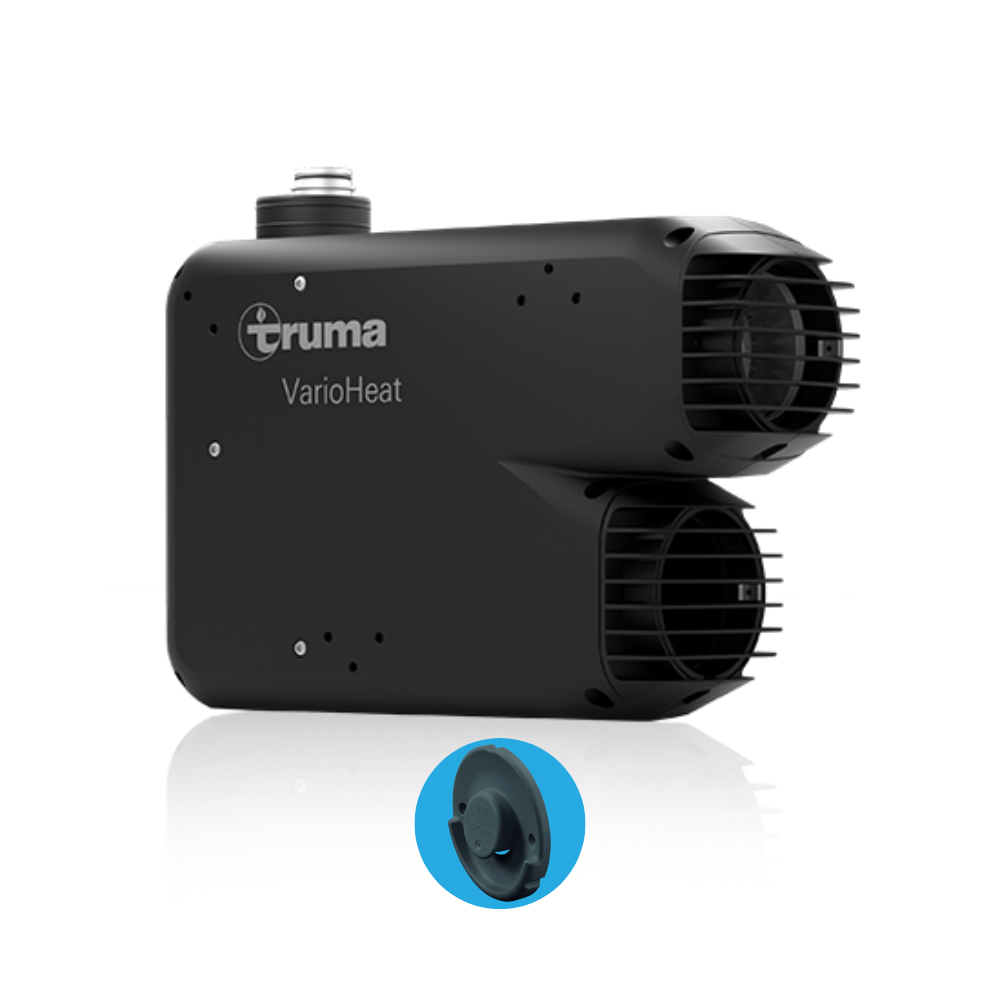
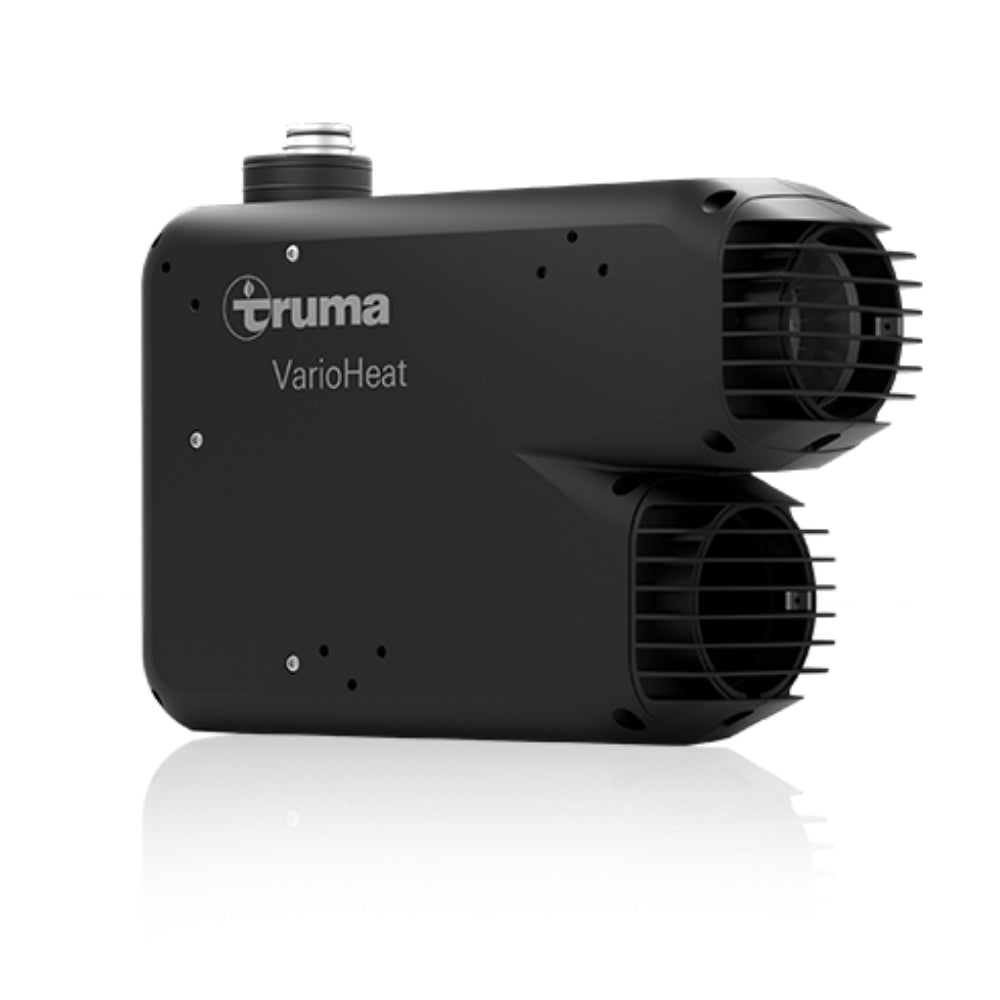
Truma
Truma VarioHeat eco Gas Heater Kit Black Cowl With Free E-Kit Option
Sale price$1,949.00
Regular price$2,699.00
Save 28%
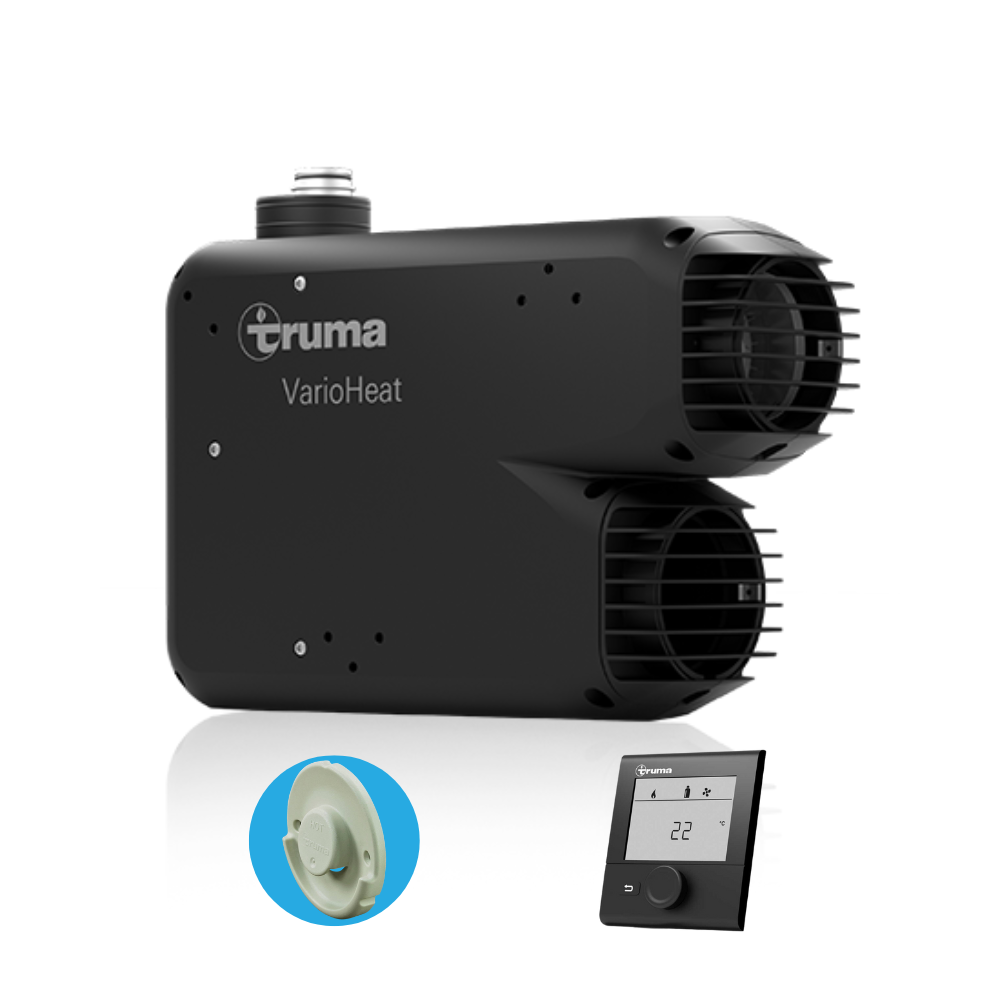
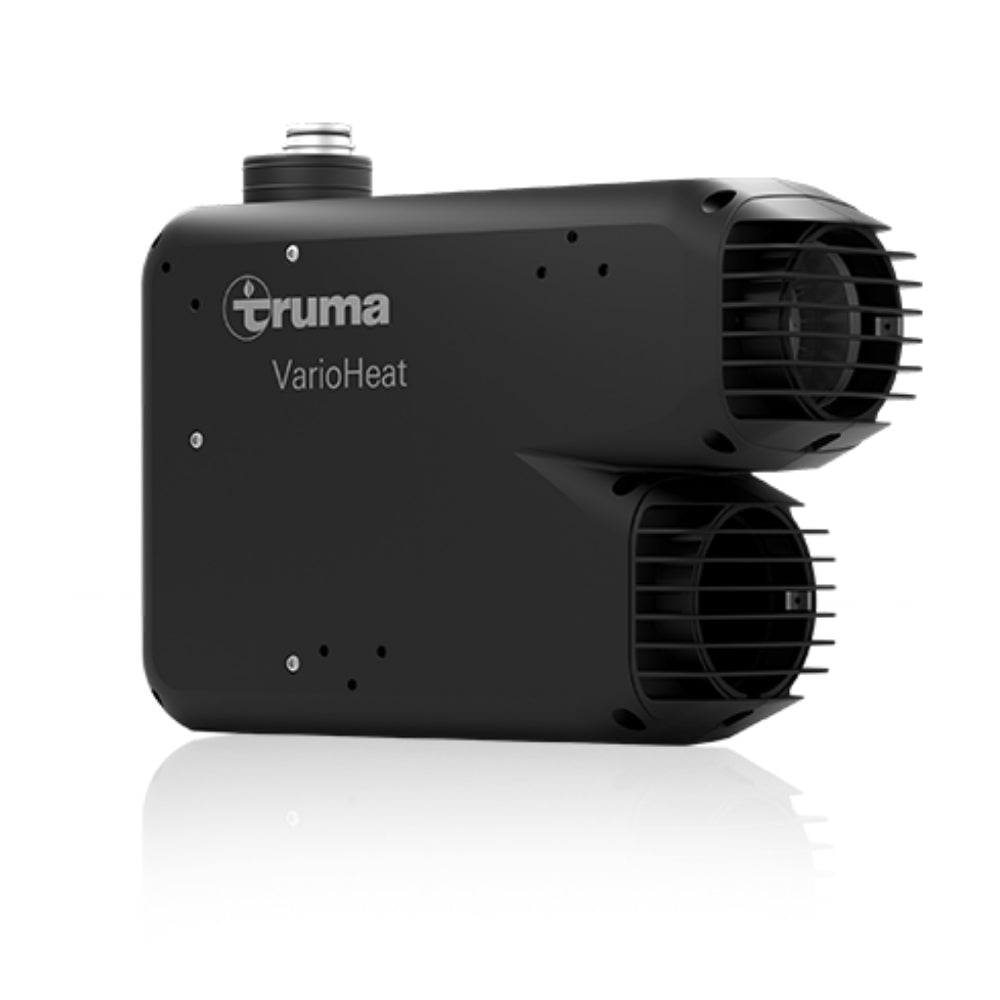
Truma
Truma VarioHeat eco Gas Heater Kit Cream Cowl With Free E-Kit Option
Sale price$1,949.00
Regular price$2,699.00
Filters (0)

